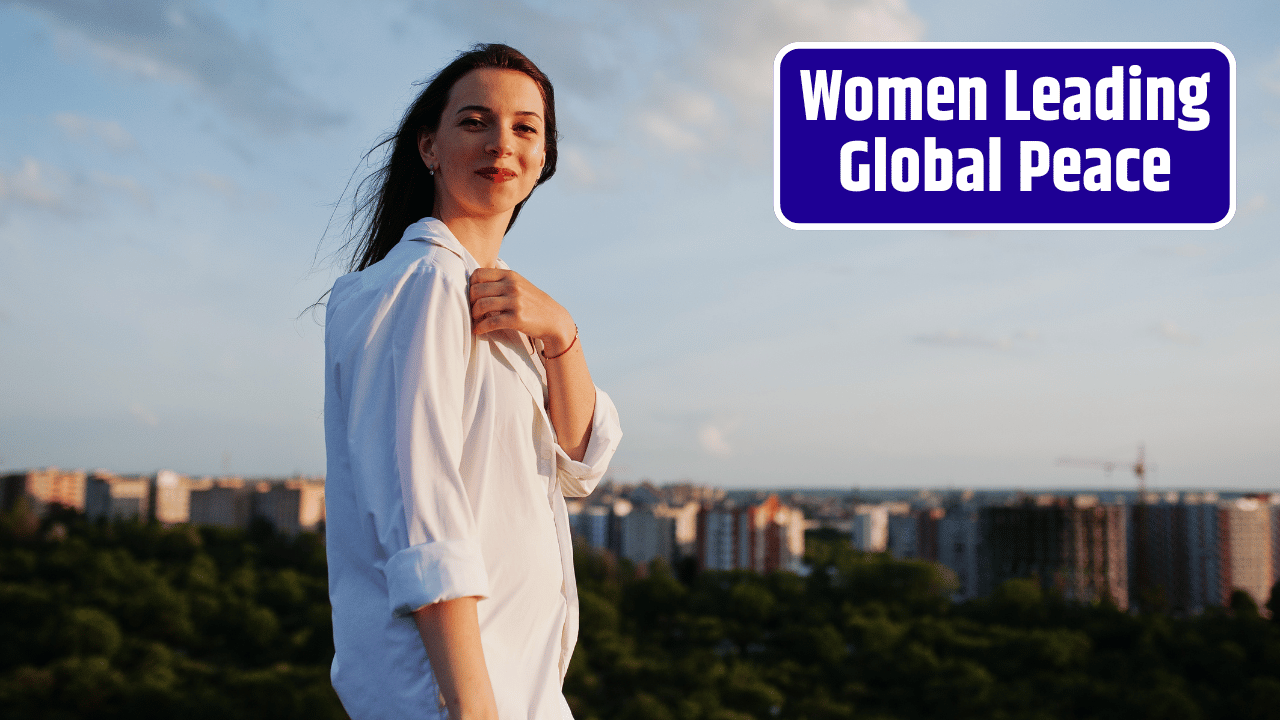You know what they say: if you want something done right…
Well, let’s just say if centuries of male-dominated diplomacy had worked, we wouldn’t be bouncing from one crisis to the next.
The world’s slowly catching on—women don’t just belong at the peace table, they should be leading it. And finally, some powerful new initiatives are turning that truth into policy, funding, and boots-on-the-ground action.
Because here’s the reality: when women lead, peace follows. It’s not a slogan. It’s data-backed, community-tested, and long overdue.
Table of Contents
The Shift We’ve Been Waiting For
This year, the United Nations, along with regional blocs like the African Union, European Union, and ASEAN, announced a sweeping set of new programs aimed at one goal: getting more women into positions of influence in peace and security. Not as token reps. As real-deal leaders.
These aren’t vague pledges. We’re talking about:
- Mandatory gender representation in all peace talks by 2030
- Direct funding to women-led conflict resolution groups
- Regional Women Mediators Networks gaining full backing and diplomatic recognition
- Military and police reforms to boost female leadership in post-conflict zones
And guess what? It’s already working—in small but powerful ways.
The Frontlines Are Female (And Always Have Been)
Let’s kill the myth that women are just “support roles” in peace. That’s lazy. That’s outdated. And that’s dangerous.
From Syria to South Sudan, women have:
- Brokered ceasefires
- Tracked missing persons
- Protected displaced communities
- Held war criminals accountable
- Negotiated food corridors under sniper fire
But until now, they were doing all that with zero international support, minimal funding, and little security.
That’s changing.
The Women, Peace & Leadership Fund, a joint effort by UN Women and the World Bank, launched this year with $500 million in dedicated funding. And it’s going straight to grassroots women-led peace initiatives—not filtered through ten layers of bureaucracy.
One early example:
In the Democratic Republic of Congo, women-led coalitions have been mediating between militia factions and helping reintegrate ex-child soldiers into schools and safe homes. Thanks to new funding, these women now have security escorts, formal diplomatic backing, and tech tools to scale their efforts.
Let that sink in.
Why Women Change the Game
It’s not about biology. It’s about perspective and approach.
Women often enter peacebuilding through different doors—community care, education, human rights. That means they’re more likely to prioritize:
- Healing and reconciliation
- Trauma-informed processes
- Children’s and displaced persons’ needs
- Long-term community rebuilding
- Holding perpetrators accountable
They build peace that lasts, not just peace that looks good in a press release.
| With Women in Peace Talks | Without Women |
|---|---|
| Broader focus on social justice | Focus on power division |
| Higher local legitimacy | More resistance from communities |
| Better inclusion of marginalized voices | Elite-driven, top-down deals |
| Increased likelihood of implementation | Frequent breakdown of agreements |
You want stability? Put women in charge.
Global Spotlight: Where It’s Working
Some recent standouts in women-led peace leadership:
- Sudan: Women-led resistance committees are creating parallel peace structures in war-torn regions, bypassing military regimes.
- Kosovo & Serbia: Female mediators helped re-open border crossings and restart stalled talks on minority rights.
- Papua New Guinea: Tribal conflict resolution is being driven by women elders who’ve negotiated local ceasefires in areas unreachable by national forces.
These aren’t “soft” wins. These are high-stakes, high-impact interventions that save lives, protect rights, and hold the line when institutions crumble.
What Needs to Happen Next
Let’s not pretend we’re there yet. Inclusion is still fragile, and power systems don’t give up ground without a fight.
Here’s what needs to stay front and center:
| Challenge | What We Need |
|---|---|
| Underrepresentation in diplomacy | Enforce gender quotas at the negotiation table |
| Chronic underfunding | Prioritize women in peace and security budgets |
| Risk and retaliation | Full protection for women peacebuilders in conflict zones |
| Lack of political will | Tie international aid to gender inclusion benchmarks |
The difference now? These demands are no longer coming from the margins. They’re coming from coalitions, donors, and governments that are finally—finally—waking up.
The old way? It’s not working.
Fragile deals. Endless “roadmaps” to nowhere. Countries cycling back into conflict like it’s a broken record.
We’ve seen what happens when women lead peacebuilding—not just in theory, but in practice. They’re strategic. They’re resilient. And they’re tired of being left out of decisions that impact everyone.
So let’s retire the tired narrative of women as “peace supporters.”
They’re peace architects.
And it’s time the world recognized it—formally, financially, and fearlessly.
FAQs
Are these new initiatives legally binding?
Not all. Some are voluntary frameworks with incentives, others—like gender mandates in peace processes—are tied to binding resolutions under the UN or regional charters.
Why haven’t women been included until now?
Power hoarding, patriarchal diplomacy, and outdated notions of “security” as purely military. Basically: bad habits.
How can I support these efforts?
Donate to women-led peace orgs. Pressure your government to prioritize gender in foreign policy. Share the wins—because visibility matters.














